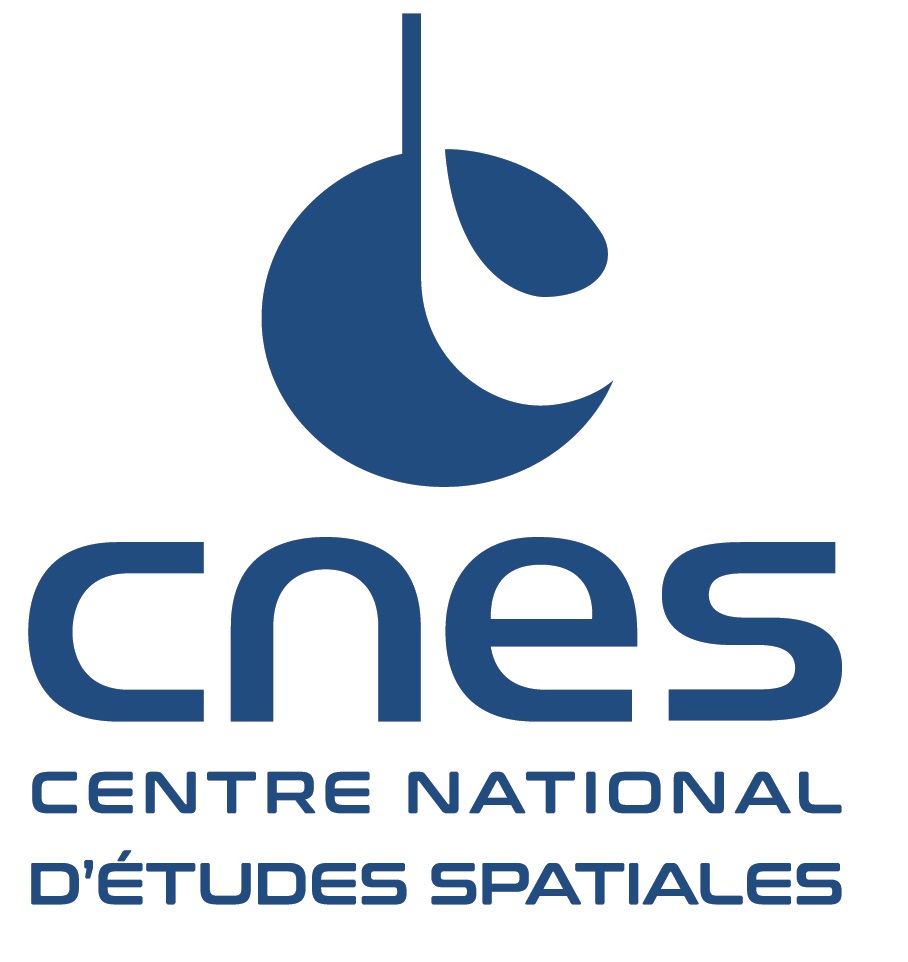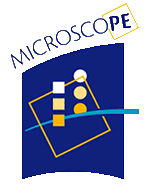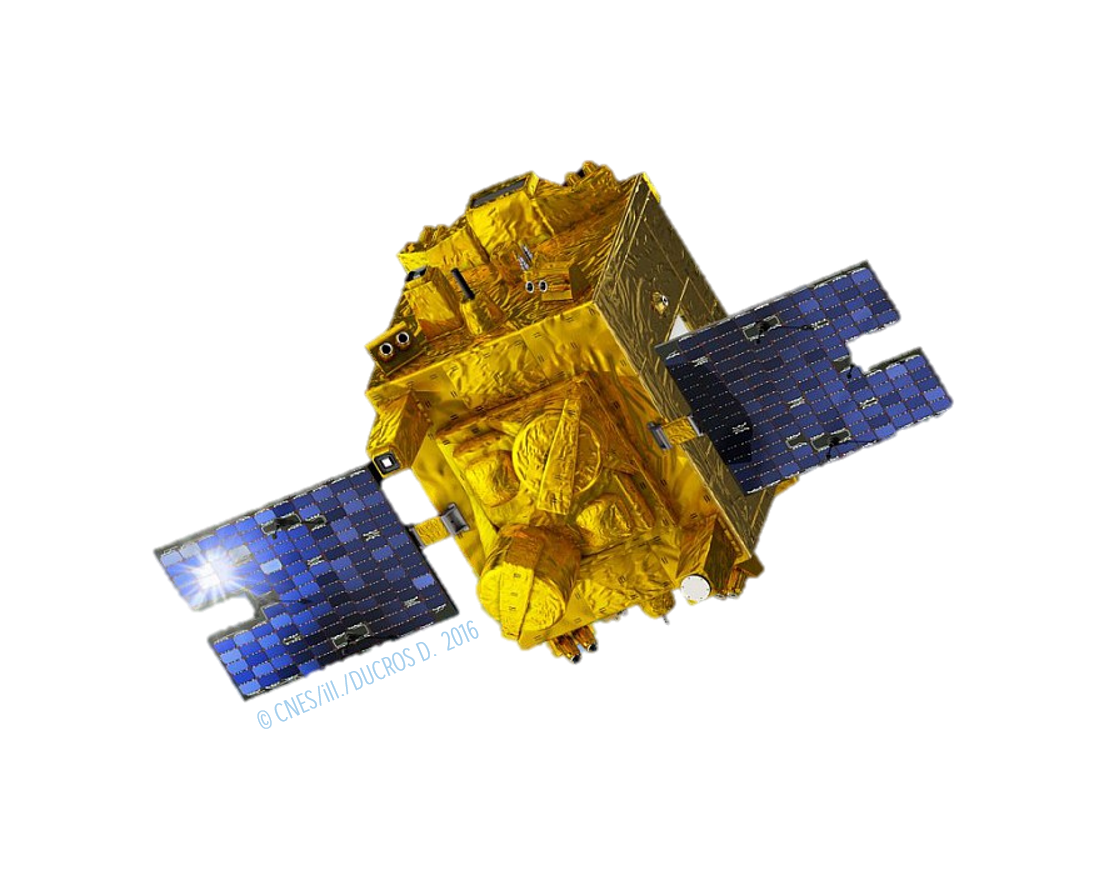 |
 |
 |
 |
MICROSCOPE
Satellite
The MICROSCOPE satellite developped by CNES was operational from 2016 to 2018. It carried out many dedicated measurement sessions, either directly to the PE tests or to the calibration or characterization of the experiment. The nature and list of these different sessions are given in the scenario.
The satellite drag compensation involves cold gas microthrusters. This extremely precise technology paves the way for other scientific missions needing to compensate the drag and more generally all the non-gravitational forces. It is also promising for the preparation of future missions involving several satellites in formation, as their relative trajectory needs to be controlled with a great accuracy.

Payload
T-SAGE (Twin-Space Accelerometer for Gravity Experiment) developed by ONERA is composed of two differential accelerometers (Figure). Each of them is composed of a mechanical part and an electronic part. To test the Equivalence Principle (i.e. the similarity of the free fall for two bodies of different composition in an identical gravity field), two differential accelerometers are successively used. One has test masses made of different materials (platinum and titanium). The other, whose two test masses are of the same material (platinum), constitutes a measurement reference for the experiment. The challenge of the T-SAGE instrument lies in the level of targeted performances which impose extreme accuracies and mechanical adjustments while sustaining the constraints of spatial missions, like the launch. Read more
